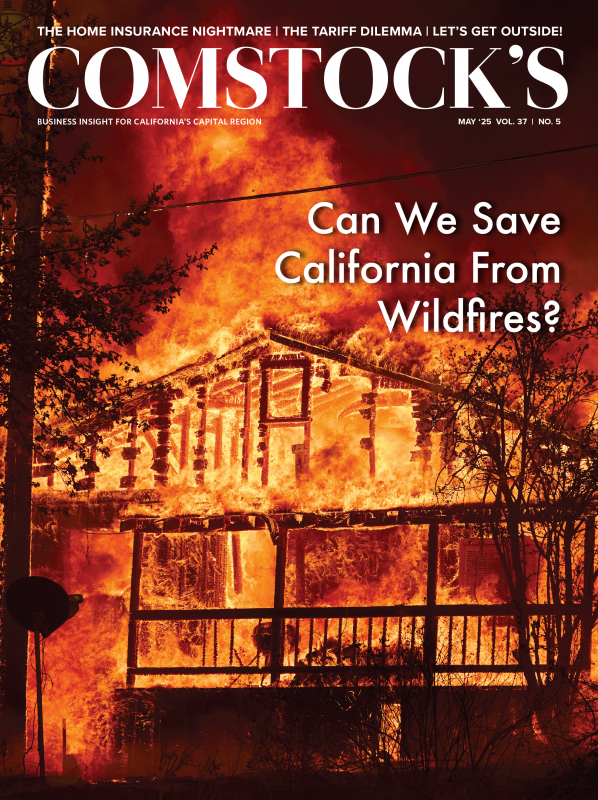If you’ve been trying to pinpoint the last time you could buy a 30-acre park in one of the leafier, mixed-income areas of Sacramento for $12,500, the answer is 123 years ago.
That’s when a women’s organization called The Tuesday Club, led by Carrie Miller, its gracious but take-no-prisoners president, persuaded the city of Sacramento to buy the parcel that became McKinley Park, one of the region’s more understated tourist attractions (as opposed to the roaring, neon-bright Golden 1 Center, Sutter Health Park and SAFE Credit Union Convention Center).
Yet Mrs. Miller, as historians continue to refer to her, didn’t stop after she successfully negotiated with the city on the cost. She also raised the money to seal the deal.
And she still wasn’t done. According to various archival documents, she also got volunteers to develop the land as a true park, with a playground, sports fields (for baseball and football) and a running track. That track is now a trail that runs all around the more than 3-mile perimeter of the park, while its original site became, in 1928, the park’s signature and spectacular rose garden.
This isn’t just any rose garden. The McKinley Park rose garden is the setting for countless al fresco weddings, confirmations, quinceañeras and private soirees. It also provided a stunning backdrop for the scene in Sacramento native and filmmaker Greta Gerwig’s “Lady Bird,” in which the two young lovers own up to their emotions.
A model of urban landscape architecture as well as diligently cared-for horticulture, the garden features almost 1,200 rose bushes, creating an array of primary and pastel colors. There are benches throughout the garden to allow for serene moments of reflection, with wrought-iron arbors here and there acting as silent sentries.
For nearly 10 years, Friends of East Sacramento has done event organizing and fundraising for the McKinley Park Center. Its volunteers manage the McKinley rose garden as well as the Clunie Community Center to help ensure that no matter what budget crises or vagaries crop up at city hall, the garden and center won’t be shuttered to the community.
McKinley Park is a favorite gathering place whether or not you
live in East Sacramento. (Photo by Wes Davis)

McKinley Park began life as East Park a century-and-a-half ago. Created by the City Street Railway Company — and at the time, just outside city limits — it was situated at the final stop of the streetcar line. Mrs. Miller lobbied for the park to be named in honor of President William McKinley, who’d been assassinated the year before more than 2,500 miles away, in Buffalo, New York. The hope was that the park would encourage more people to ride the horse-drawn streetcars (see our February Back Story on Sacramento’s first inner-city rail line).
The park featured what historians have called a two-story “summer house.” This featured balconies from which visitors could admire the then-unimpeded views of miles and miles of agriculture in one direction and the Sierra Nevada in another. Inside the building was a bar, bowling alley and bandstand. Outside was a dance area and basketball court.
Then as now, the park was an Edenic mixture of picnic grounds with tree- and shrub-lined paths. Soon, a manmade pond appeared, as well as a wood bridge which crossed the fish-stocked water amenity, allowing for recreational angling. A zoological garden proved inviting for deer and raccoons.
In 1928, a man named Frederick Evans, who would become celebrated in later years as the city of Sacramento’s first parks superintendent, oversaw the planting of the rose garden in the park’s southeast corner.
Nearly 60 years later, homebuilder and former Sacramento City Councilman Jeff Harris moved to the area and discovered McKinley Park’s Clunie Community Center. It houses a busy branch of the city and county library with a highly diverse customer base. Then-City Councilman Steve Cohn appointed Harris to the city’s parks commission in 2010, “and it was clear that McKinley stood out in the park portfolio,” he says.
After a playground fire in 2012, Cohn helped organize what became branded as the McKinley Rebuild Project. Harris sat on the design committee and then volunteered as a lead on the rebuild. Harris then led the charge for construction of the McKinley vault, a huge underground storage facility well below the park’s manmade pond. It prevents excessive storm runoff from spilling into the East Sacramento neighborhood. The project included various park upgrades, including two much-needed bathrooms for the park.
One of the major improvement projects Harris undertook as city leader was the draining and renewing of the McKinley Park lake, a haven for ducks, swans and all sorts of native flora. It had been discovered that the water was contaminated, largely because people were dumping their no-longer wanted turtle pets (red-eared sliders, to be exact) into the pond. “It had created a toxic soup,” he says. “They defecated in the water and ate everything in sight, including some ducklings.”
This time of the year McKinley Park is in its spring awakening, with hundreds of roses of all varieties blooming back to life in the garden. On a recent Saturday stroll through the park, nearly every inch of the grounds was filled with picnickers, pickup basketball games, joggers, walkers, dogs (on leashes) and the joyous peals of children running across the well-maintained lawns and screaming with delight in the updated playground, which includes climbing castles, self-propelling merry-go-rounds, ceramic animal sculptures and at least three variations on traditional swings.
“I feel really good when I go to the park, and I never minded the hard work,” says Harris. Mrs. Miller would have been proud.
–
Do you know of any unique history, events, people or places for us to share in The Back Story? Email us at editorial@comstocksmag.com.
Recommended For You
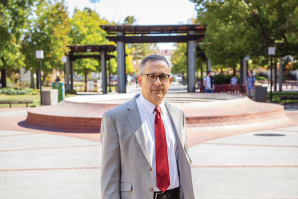
Sacramento City College Was Once the Only College Between Stockton and Chico
Step inside the 108-year-old Land Park legend
“I’ve been here more than half my life,” says Sac City President Albert Garcia. “I love the history of this college. It gives everything we do here a richer context. Don’t forget, for many years, as far as colleges in the area, we were it. Just as we began by being part of a high school campus.”
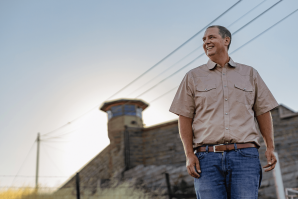
The Violent, Bloody Folsom Prison Escape of 1903
New book details a dark time in the prison’s history
The prisoners made makeshift knives, or shivs, and used stolen razors during their siege. One prison guard died, and two were injured.
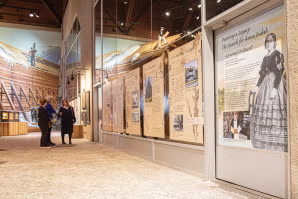
Anna Judah: Far More Than Theodore Judah’s Victorian Housewife
Through her artistry, she brought the transcontinental railroad to life — before it was built
You wouldn’t know that a tragic love story led to the railroad that connected the East and West coasts for the first time.
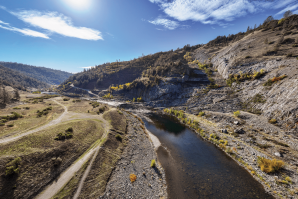
Whatever Became of the Auburn Dam?
One of the largest flood control projects in the country was never built
The Auburn Dam could well be the most talked about water storage and flood control facility in the country that simply doesn’t exist — no matter how much it’s been argued about, advocated for and against, legislatively proposed and architecturally rendered.
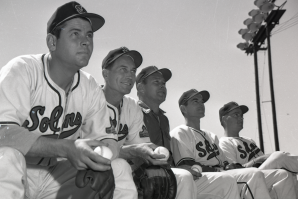
The Back Story: That Other Time We Had a Local Baseball Team
The Sacramento Solons still evoke fond (and funny) memories
As a team, the Solons had more stops and starts in the area than light rail at rush hour. There were iterations of the club in 1903 and 1905, from 1909 to 1914, from 1918 to 1960, and finally, from 1974 to 1976.
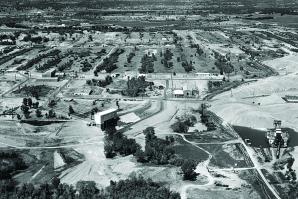
The Back Story: The Rocket Company that Roared
Aerojet was once a major player in the region — until it wasn’t
If you’re ever on Jeopardy and you’re asked to name an American company that not only helped the country and its allies win a war (the Big One) and, a bit more than two decades later, helped send it to the moon — before getting mired in a sludge of litigation — remember one of this region’s more complicated and often controversial sagas: Aerojet.




